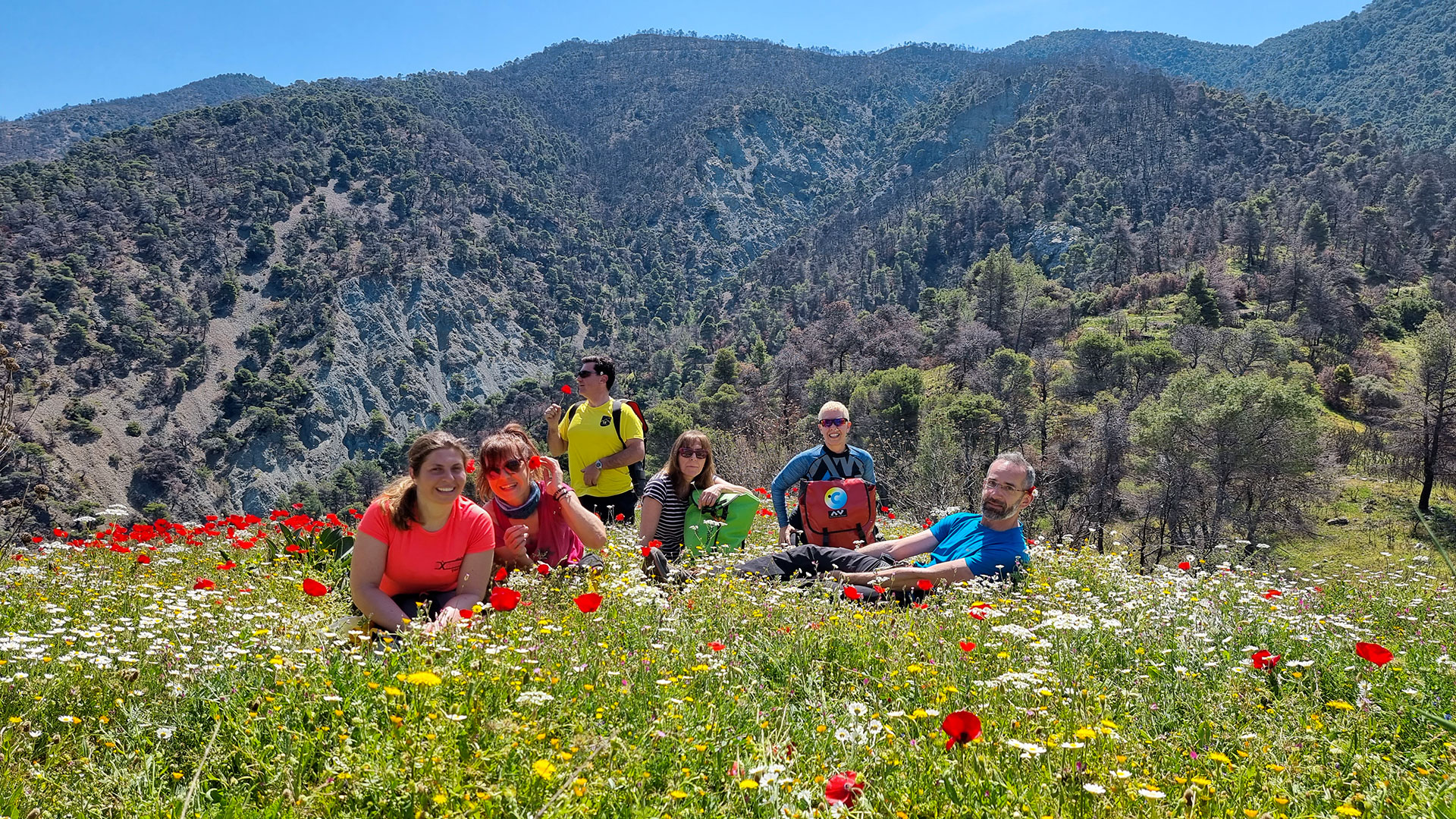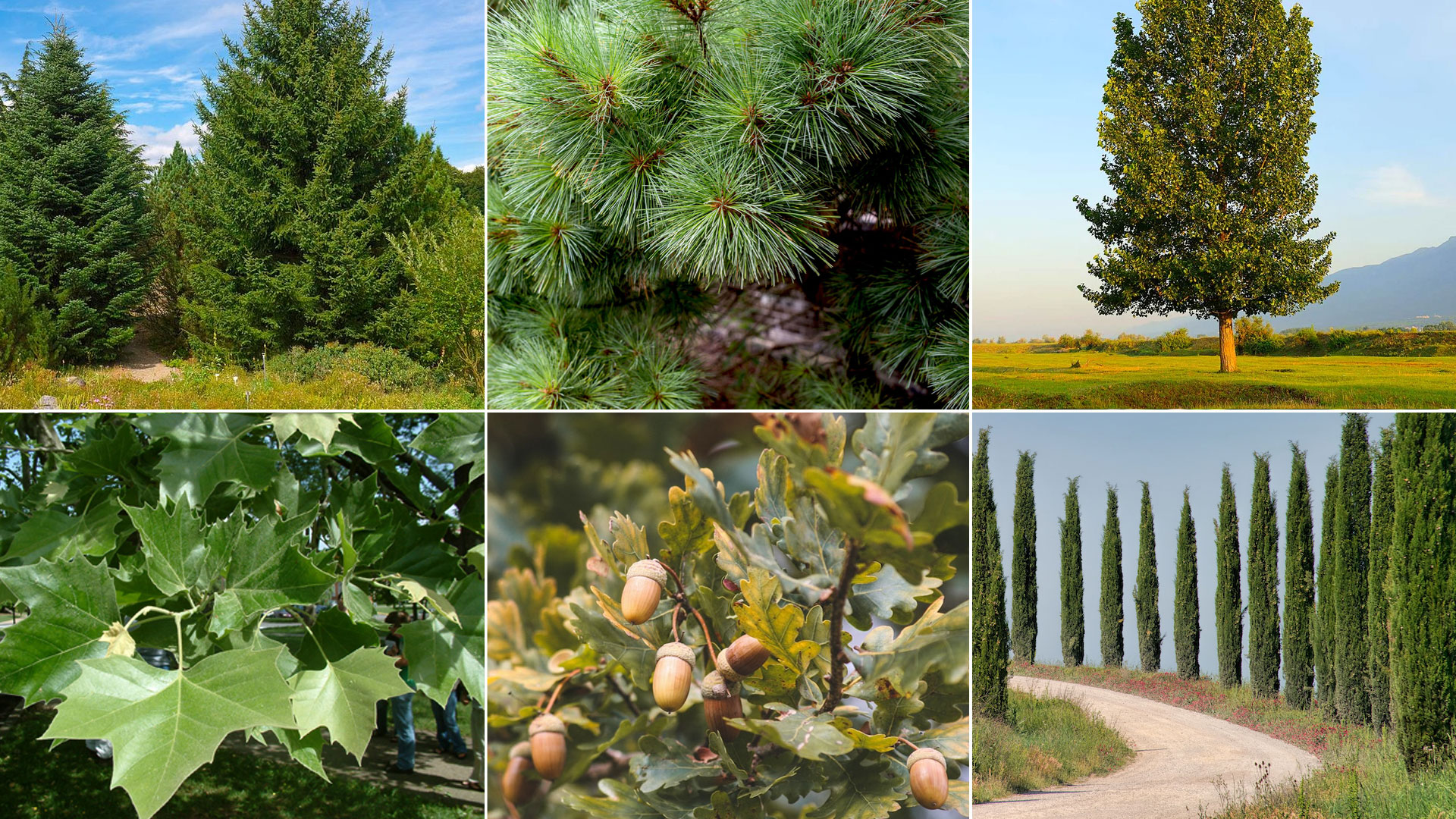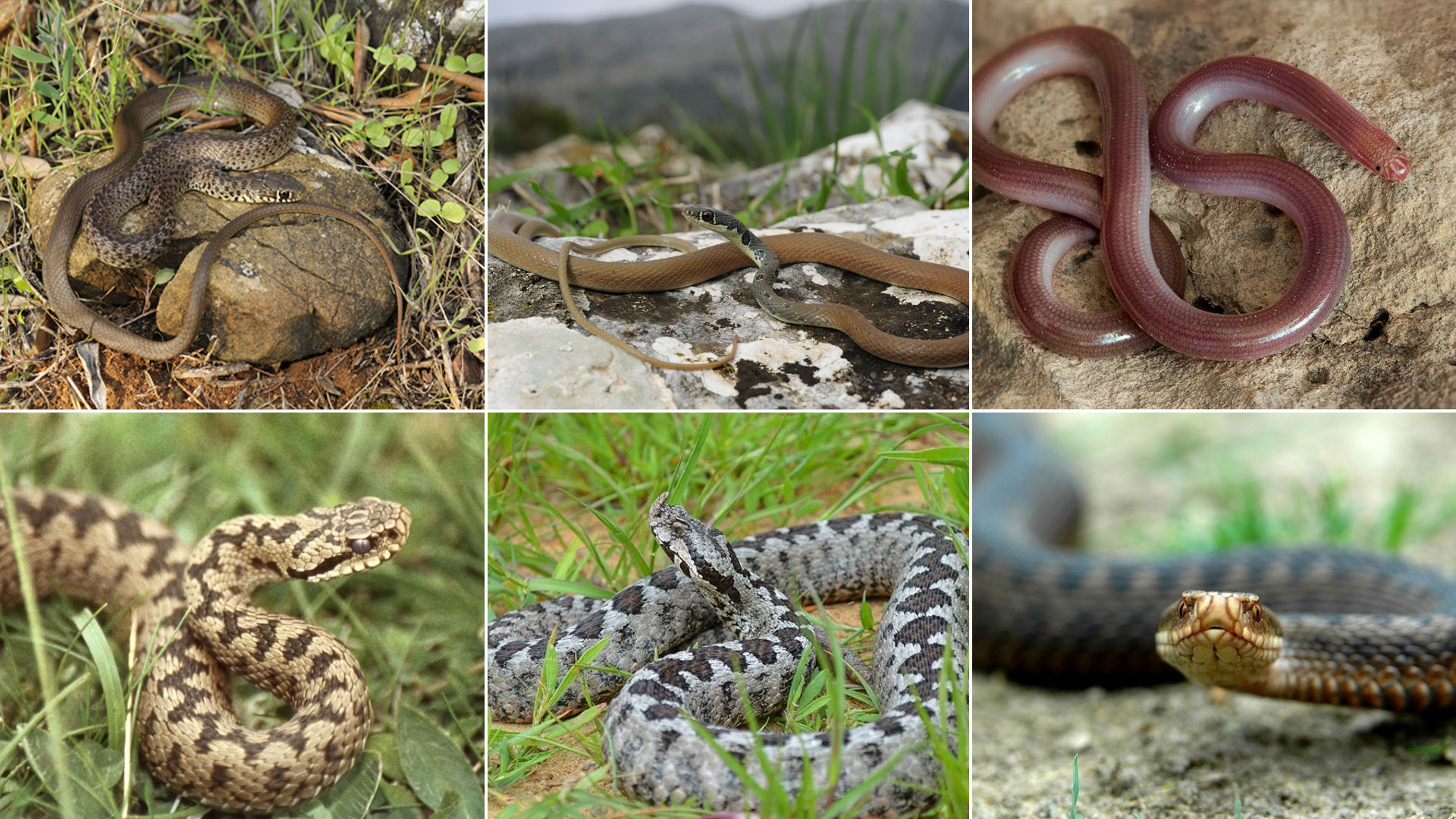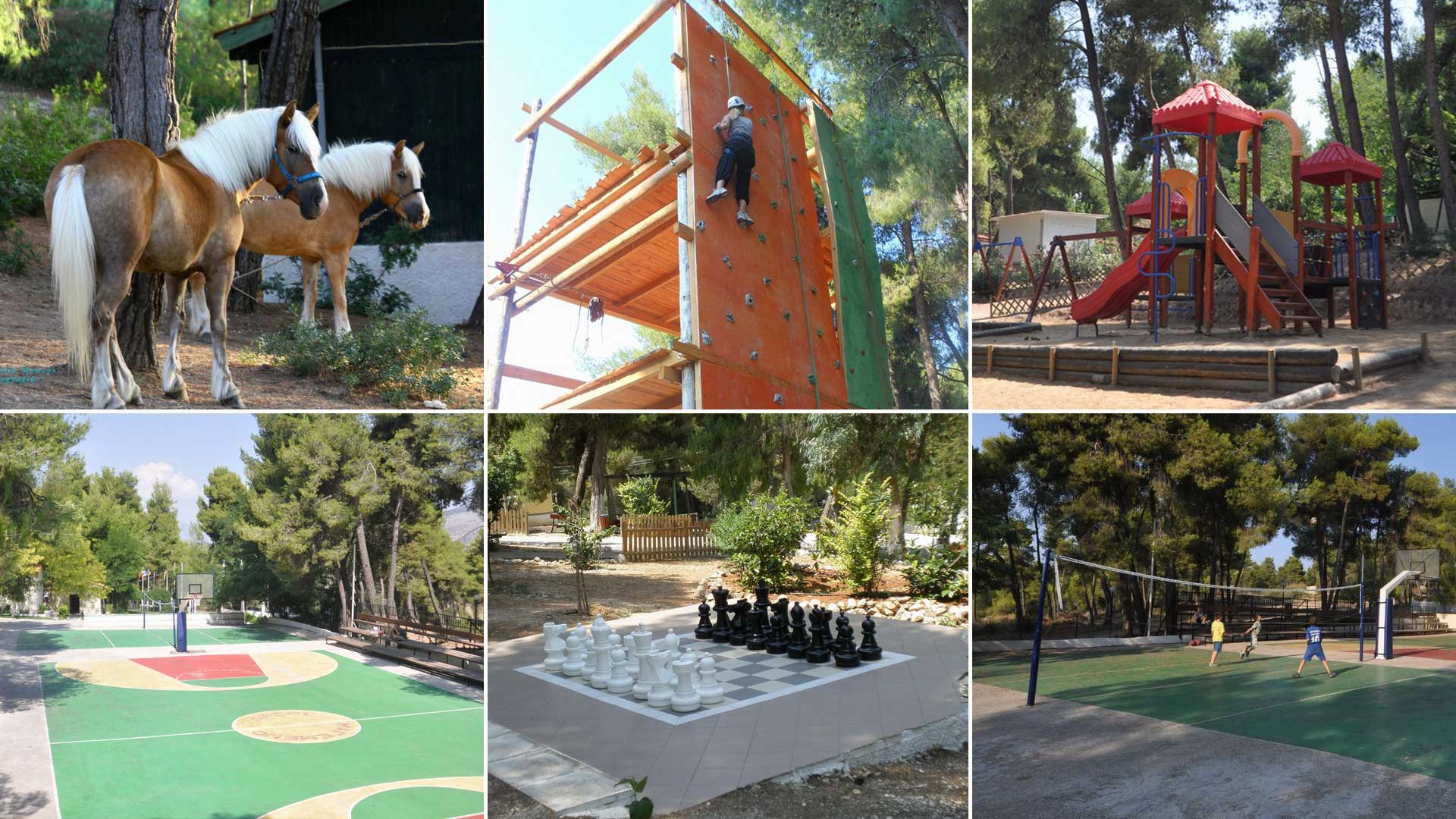North Peloponnese is surrounded by the sea of Corinthian Gulf on the north and mountains on the south, having an opening from east to west. This creates a climate sensitive to North winds where the sea gets really messy. At the time of International Canyoning Festival Greece 2023 spring season will be at its best!
According to https://championtraveler.com/ the best time to visit this part of the peninsula is April 30th to July 15th based on average temperature and humidity from the National Oceanic and Atmospheric Administration.
According to long terms weather report by https://freemeteo.gr/ during this period the chance of rain is small. Storms are not common in the area, since for this period of time they are observed once every 3 years on average. However around the end of the festival a slight rain might occur for just a while. Not to worry – we will monitor the weather every day and our venue is weatherproof lol. Spring temperatures in the area are very friendly at 25 – 32 degrees Celsius. Water temperature varies according to the location. The sun is not as strong as it is in the summer, however for our participants who want to sunbathe just a tip: do not forget to use sunscreen – this is Greece!

Vegetation
According to Google the most species-rich genera in Peloponnese are Trifolium, Silene, Allium, Galium, Euphorbia and Astragalus that you can see in the following photo from left to right. The flowers shown here will be escort us everywhere as we will walk along the paths to get to the entrance or walking out the exit of the canyons selected for our Canyoning Festival.

The forests mostly have fir trees, pine trees, and bushes. These trees exist in the alpine parts of Greece, which are found in the northern part of the country and in high altitudes in Sterea and Peloponnese. Forests in lower altitudes mostly have poplars, plane trees, oaks, and cypress trees.

Reptiles and mammals
Golden jackal occurs but is tricky to see: mammals more likely to be seen include stone marten and eastern hedgehog. Other reptiles include geckos, Balkan green lizard and marginated tortoise.

Snakes of the region
Three kinds of snakes are to be found in North Peloponnese: The Balkan whip snake (not dangerous), Platyceps najadum (also known as Dahl’s whip snake, the slender whip snake, or the Zagros whip snake – not dangerous) and Xerotyphlops vermicularis (also known as the European blind snake or European worm snake – not dangerous). In the photo below you can see on the top the three snake kinds. Notice the colors and the round shaped heads. On the bottom there are three images of dangerous vipers. Head resembles a triangle and body designs are crisscross. So far there has never been an incident with any kind of snake bite during canyoning. Nevertheless, it is advised to be cautious while walking on the paths towards entrances or exits of the canyons (especially if they are rocky and the weather is very warm) as snakes usually wake up in spring time after their long winter sleep.

Other small animals
Frogs, spiders, insects etc. are to be found everywhere in nature, as well as in Peloponnese. If you get lucky you might see a dragonfly, butterflies and fireflies.
The water in the canyons
Many Greek canyoners asked our organizing committee a question about the fixed dates 12 – 21 May 2023 and we have a simple answer:
Yes, the water level in the canyons is not as extreme in May as in April, but you can take your family with you, especially if you have toddlers and small children. Many canyoning couples with young children will be able to enjoy 10 days of canyoning with the privilege of Freeland Adventure Park as the base of the Festival. Dad can canyoneer one day while mom plays with the kids on the playground, and the next day mom can canyoneer while dad belays on the climbing wall.


